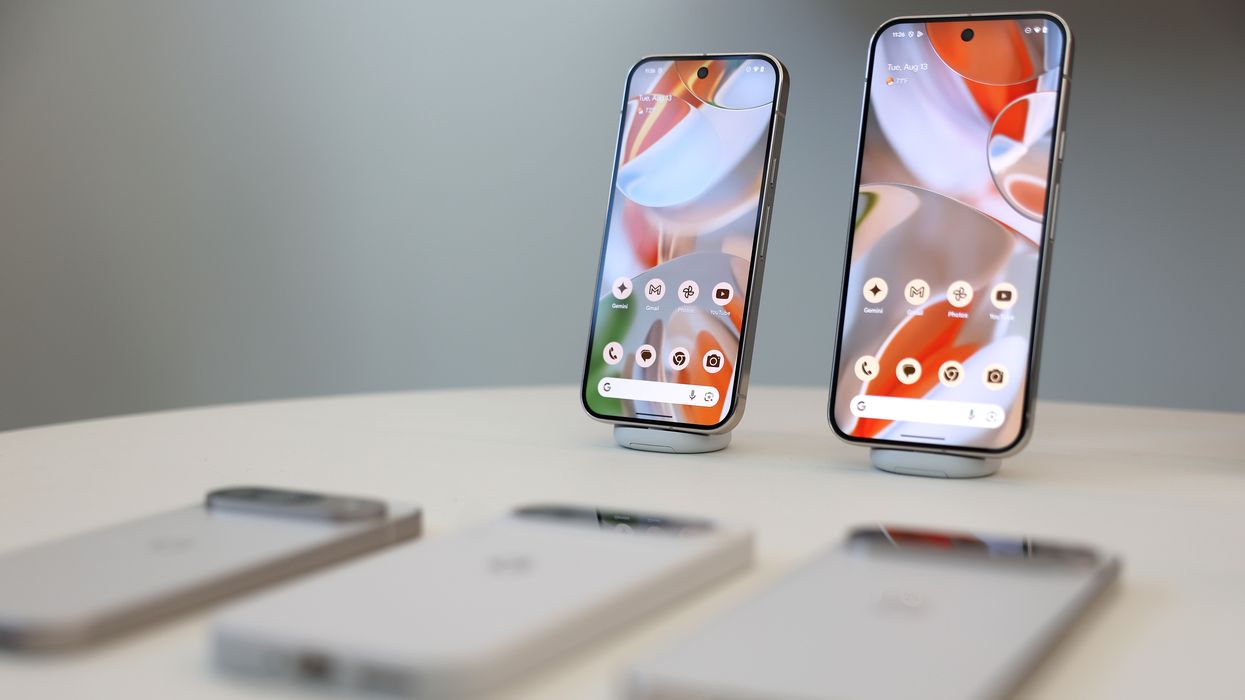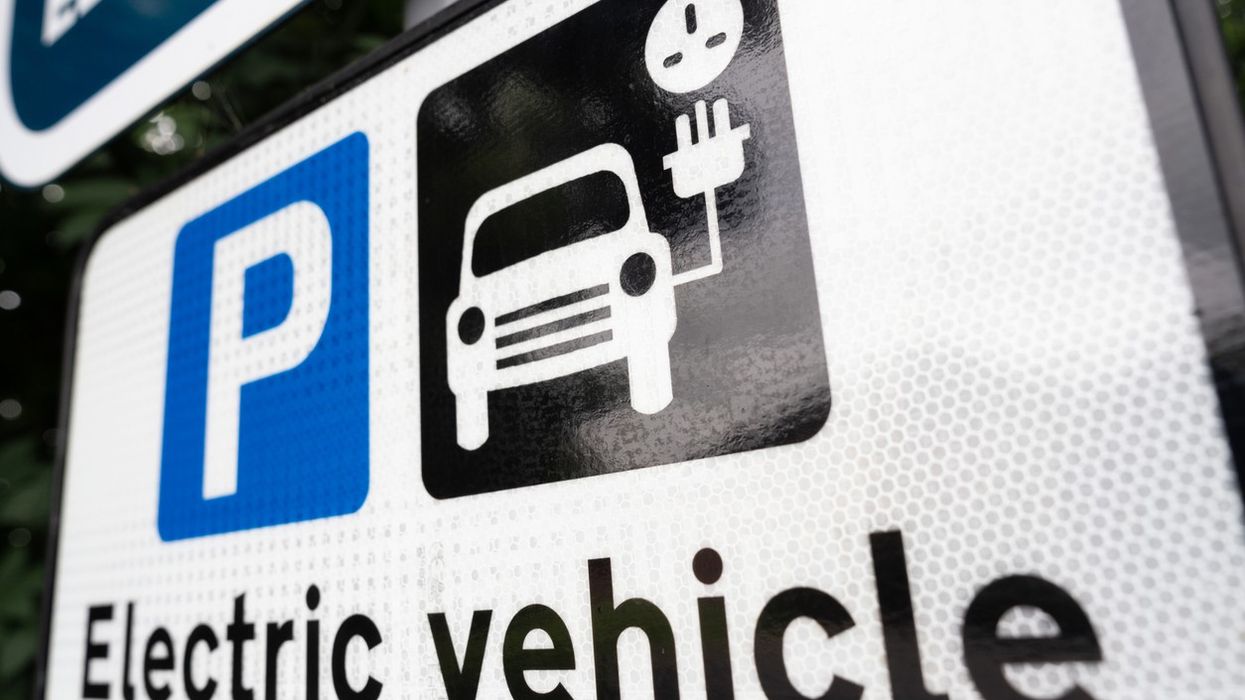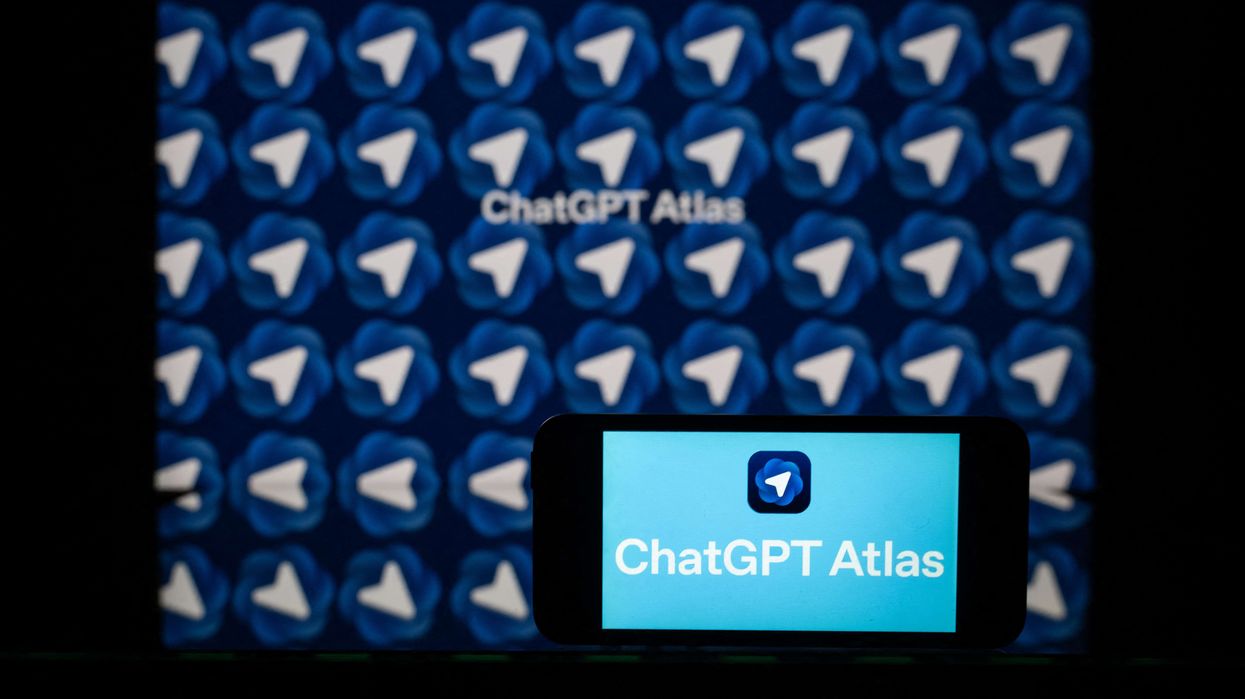Highlights:
- Google to launch Pixel 10 and Pixel 10 Pro family (including Pro XL and Pro Fold) this week.
- New Tensor G5 chip manufactured by TSMC promises better performance, efficiency, and AI integration.
- AI remains the centrepiece, with support for Google’s Gemma 3n model and new Android 16 features.
- Cloud services strategy may include extended free access to Google AI Pro.
- Pixel 10 positioned against Apple’s iPhone 17 Pro, with Google aiming to seize the lead in AI-driven smartphones.
Launching the Pixel 10 Pro family
Google will unveil the Pixel 10 and Pixel 10 Pro smartphones this week, with the line-up including the standard Pro, Pro XL and Pro Fold. As with earlier generations, the devices combine hardware advances with new software features, but this year’s launch is being seen as a pivotal moment for the wider smartphone industry.
A new Tensor era
Central to the update is the new Tensor G5 chipset, which will be produced by TSMC rather than Samsung. Previous Tensor chips carried significant Samsung design influence, but the move marks a step change.
The G5 is expected to deliver greater performance, improved efficiency and reduced thermal limitations, addressing criticisms of earlier Pixel processors. The move is regarded as one of Google’s most significant hardware shifts since it began designing its own silicon.
Pixel 10 Pro’s AI advantage
Artificial intelligence will be the defining theme of the Pixel 10 generation. Google has previewed its Gemma 3n model, a compact mobile-AI architecture designed to run directly on smartphones, which is expected to be optimised for the new devices.
The Pixel 10 series will launch with Android 16, pairing hardware and software to showcase AI features that operate locally as well as in the cloud. Google is positioning the handsets as the reference point for AI smartphones, with consumer-facing tools that encourage upgrades.
Cloud integration and subscriptions
Cloud services are set to remain integral. In 2016, Google introduced unlimited photo storage with the first Pixel, before ending it in 2021. More recently, it launched paid Google AI subscription plans.
The Google AI Pro plan currently offers services such as Gemini, NotebookLM, DeepSearch and 2 TB of storage for $19 per month. A premium tier, Google AI Ultra, costs $120 monthly.
While Pixel 9 Pro buyers were given a free 12-month Google AI Pro subscription, current offers are limited to one month. Analysts suggest that restoring a year-long free period for Pixel 10 buyers could accelerate adoption of Google’s AI ecosystem.
Competing with the iPhone 17 Pro
The Pixel 10 launch also comes at a moment when Apple has struggled to deliver its own AI roadmap. Despite announcements at the 2024 Worldwide Developers Conference, many AI features promised for iPhone 16 were delayed and are still unavailable.
The iPhone 17 range, due in early September, is expected to integrate more AI, but uncertainty remains. Combined with a price increase, Apple risks being seen as lagging behind. By contrast, Google is preparing to demonstrate a more complete and competitive AI smartphone experience.
Defining 2025 smartphones
The combination of a new Tensor chip, expanded on-device AI, and Google’s established software ecosystem gives the Pixel 10 Pro family an opportunity to set the tone for smartphones in 2025.
With Apple under pressure, Google is closer than ever to challenging its dominance. The Pixel 10 generation could cement Google’s position at the forefront of AI-driven mobile technology.














